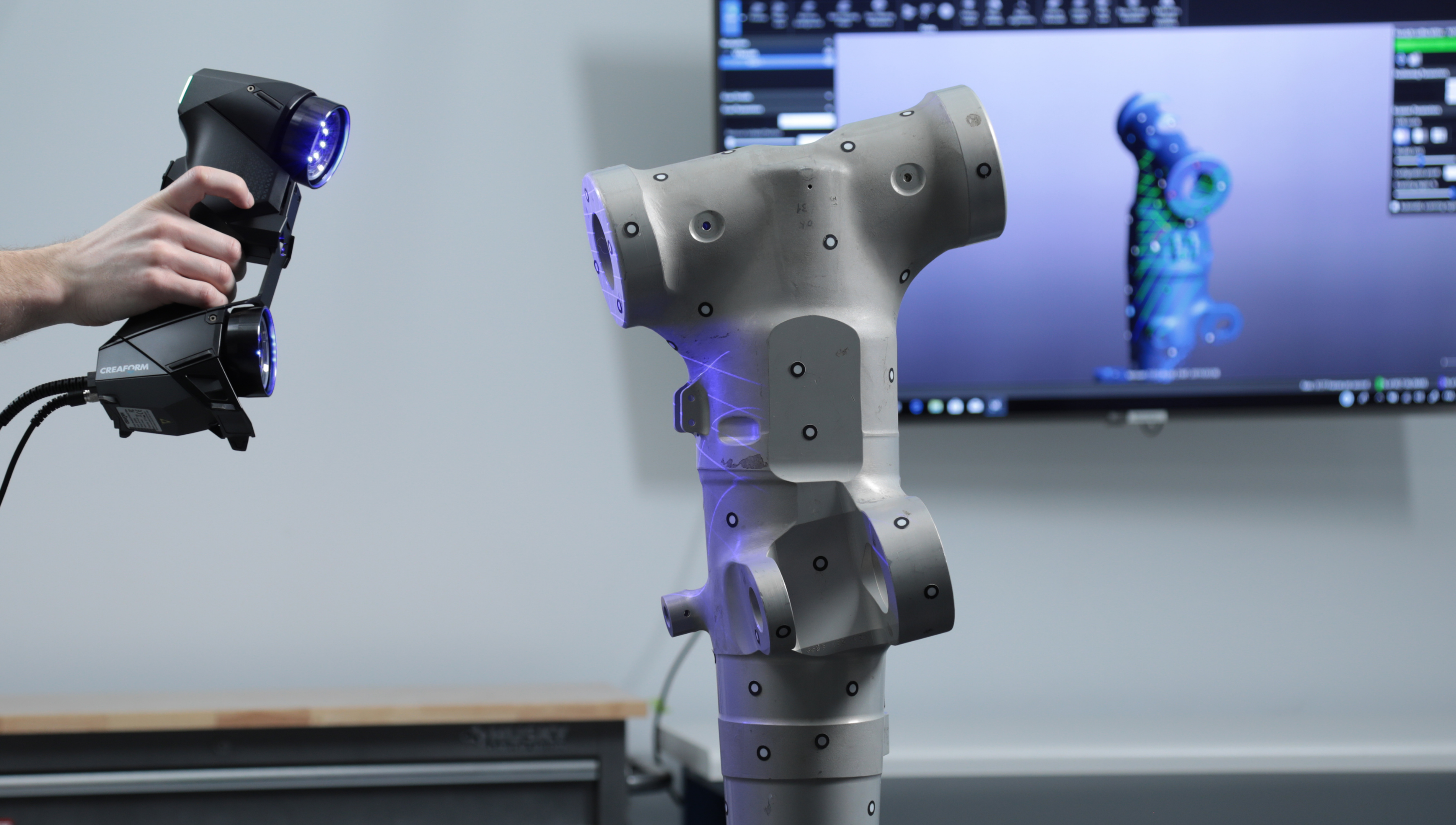Unveiling the Power of 3D Laser Scanning Surveys in Australia
In today's fast-paced world, precision and accuracy are the keys to successful projects and developments. This is where 3D laser scanning surveys come into play, revolutionizing the way we capture and analyze spatial data. In this blog, we will explore the ins and outs of 3D laser scanning surveys, how they are transforming industries in Australia, and why they are becoming an indispensable tool for businesses and professionals across the country.
What is a 3D Laser Scanning Survey?
3D laser scanning survey, also known as laser scanning or LiDAR (Light Detection and Ranging), is a cutting-edge technology that captures incredibly detailed, three-dimensional representations of real-world objects, environments, and structures. It works by emitting laser pulses to measure distances and create a precise point cloud, which can be transformed into a 3D model. These surveys are a game-changer for a variety of applications in Australia.
Applications of 3D Laser Scanning Surveys in Australia:
1. Construction and Engineering:
- Site Analysis: Before commencing construction, laser scanning surveys provide a detailed view of the site, enabling engineers to plan and design with precision.
- Quality Control: Regular scans during construction allow for immediate detection of any deviations from the original design, ensuring quality control and reducing rework.
2. Architecture and Preservation:
- Historical Sites: In a country rich with heritage, 3D laser scanning surveys help preserve historical landmarks and buildings by creating accurate digital records for future generations.
- Architectural Design: Architects use laser scanning for site measurements and to create 3D models of existing structures as a foundation for new designs.
3. Mining and Resources:
- Surveying and Mapping: In the resource-rich regions of Australia, 3D laser scanning is used for precise surveying and mapping, ensuring optimal resource extraction.
4. Forestry and Agriculture:
- Vegetation Management: Laser scanning surveys are used to monitor the health and growth of forests, as well as to assess crop health and productivity in agriculture.
5. Environmental Management:
- Erosion Control: Coastal regions of Australia benefit from laser scanning surveys to monitor erosion and develop mitigation strategies.
6. Infrastructure:
- Roads and Railways: For efficient transportation networks, 3D laser scanning surveys help with road and railway design and maintenance.
Benefits of 3D Laser Scanning Surveys:
Precision and Accuracy: Laser scanning surveys offer a level of accuracy that is hard to achieve with traditional methods, reducing errors and improving project outcomes.
Time Efficiency: Data capture is swift and efficient, saving time compared to manual measurements.
Cost-Effective: By minimizing errors and rework, these surveys ultimately save businesses money.
Safety: With no need for personnel to be in hazardous areas, safety is greatly improved.
Data for Analysis: The vast amount of data collected can be used for further analysis, enabling informed decision-making.
Remote Capabilities: Scanning can be done remotely, which is especially valuable in remote or challenging terrains in Australia.
The 3D Laser Scanning Process:
Data Capture: A laser scanner emits laser beams, which bounce off surfaces and return to the scanner. The time it takes for the laser to return is measured, allowing the scanner to calculate distances and create a point cloud.
Data Processing: Specialized software processes the point cloud to create a 3D model.
Data Analysis: The 3D model is analyzed for various purposes, such as design, inspection, or documentation.
Choosing the Right 3D Laser Scanning Service in Australia:
When considering 3D laser scanning services, keep the following in mind:
Experience: Choose a provider with a proven track record in your specific industry.
Equipment: Ensure they use state-of-the-art laser scanning equipment for the highest quality data.
Data Management: Ask about how they manage and store the data, ensuring security and accessibility.
Customization: The service should be adaptable to your project's unique needs.
Conclusion:
The era of 3D laser scanning surveys is upon us, and it's transforming the way we approach projects and manage resources in Australia. From construction and engineering to heritage preservation and environmental management, the applications are vast and varied. The precision, efficiency, and cost-effectiveness of this technology make it a valuable asset for businesses and professionals across the country.
As industries in Australia continue to evolve and embrace the benefits of 3D laser scanning surveys, it's clear that this technology is here to stay, revolutionizing the way we interact with our surroundings and make informed decisions for a sustainable future.




Comments
Post a Comment